Raising Blind Awareness: Percilla resident walks from Crockett to Grapeland
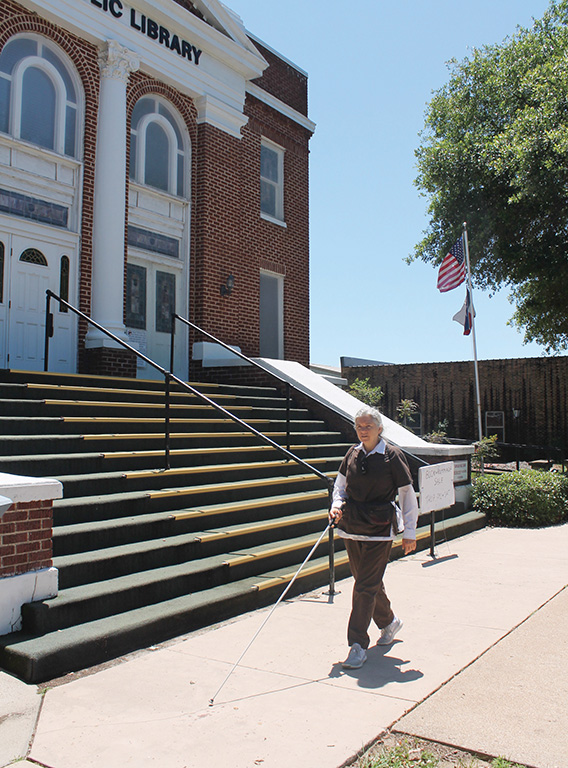
By Cheril Vernon
Messenger Copy Editor
GRAPELAND – Being generally labeled as blind, Percilla resident Diane Haws doesn’t let her visual impairment stand in her way.
With the assistance of only her white cane, Haws walked solo 11.3 miles from Crockett to Grapeland on the morning of Wednesday, May 24 as part of her own blind awareness event.
“It took me about four hours, but I made it,” Haws said proudly as she rested in a chair at the Grapeland Public Library following her long walk.
Haws began her walk at the intersection of Loop 304 and U.S. 287 in Crockett, near the Houston County Nursing Home, and ended her journey across the northern part of the county at the Grapeland Public Library.
“The main reason I did this was for blind awareness. We are blind but we are not helpless. There are others like me that are looking for work. There are things that we can do that are worthwhile if people will give us a chance,” Haws said.
Haws, 61, was diagnosed with a juvenile macular disease, Stargardt disease, at the age of 11. The disease affects about one in 10,000 children in the United States. Although the inherited disease starts before adulthood, vision loss from this disease may not be noticed until the age of 30 to 40. Stargardt is usually diagnosed by yellow-white spots that appear in and around the macular, the tissue in the center of the retina at the back of the eye. This area provides the sharp central vision that allows a person to do things such as read and drive, see color and recognize faces.
“I can see the blue sky and the green trees. I can hear the birds, but details is what I can’t see,” Haws said about her impairment.
Symptoms of Stargardt disease include trouble reading and gray or black spots in the central vision. Once vision reaches 20/40, the disease moves faster, until a person’s vision reaches 20/200, which is considered legally blind. Most people with Stargardt will have vision loss ranging from 20/100 to 20/400 by the time they are 30 or 40 years old. There’s a 25 percent chance Stargardt can be passed on if both parents carry one mutated form of the gene and one normal gene. Children who inherit only one mutated gene won’t be affected, but they can pass it on without knowing.
“Up until about 8 years ago, it was mostly my central vision that was affected. Now, it’s my peripheral vision as well,” Haws said, noting that many times she can’t recognize the face of a person standing in front of her, unless she has been around them enough to recognize their voice.
Haws began formulating a plan to raise awareness about the blind and visually impaired after spending some time in August 2015 at the Texas Workforce Commission’s Criss Cole Rehabilitation Center, located in Austin. The center serves adults who are legally blind by helping them learn alternative techniques to prepare for, find or retain employment, attend college, or live independently.
“That’s when I learned about White Cane Day in October and that’s what got me aware of the blind community,” Haws said.
White Cane Day is annually recognized on Oct. 15, as a way to educate the world about blindness and how the blind and visually impaired can live and work independently, celebrating their abilities and successes and honoring the contributions being made by the blind and visually impaired, according to information on the website www.whitecaneday.org.
The website also estimates that more than 100,000 of the 1.3 million legally blind people in the United States use a light fiberglass, white-colored cane to assist with their mobility.
While at the Criss Cole Rehabilitation Center, Haws learned how to read in Braille, learned how to do things on a computer while blindfolded, and learned how to get off a bus and find an address blindfolded.
“I can do my Braille letters, feeling to read. I learned I can do it if I have to,” Haws said. “I did not know a blind person could get off a bus and find an address blindfolded. Knowing that a blind person can do this was kind of freeing. Really, being blindfolded was better because I didn’t have shadows disturbing what I was seeing.”
Learning many of the skills that she may need as her vision continues to decrease, led to Haws’ desire to share with others.
“Being at Criss Cole prompted my walk. At first I wanted to walk from Palestine so I could go through two counties, but I decided to start smaller this first time, walking from Crockett to Grapeland,” Haws said.
During her blind awareness walk on May 24, Haws walked with her white cane next to the highway or on the shoulder between Crockett and Grapeland, raising attention from many motorists along the way.
“Most of the drivers were courteous. Many people were not aware that a person with a cane could do this kind of walk,” Haws said. “There is zilch shoulder between Crockett and Latexo. I did step into many mud puddles along the way. I can agree now that Grapeland is at a higher level, because from Latexo it’s all uphill.”
Haws chose to end her blind awareness walk at the Grapeland Public Library, because she enjoys taking a genealogy class each week.
Haws thanked Johnnie Johnson, who drove her to Crockett on the morning of May 24, so she could begin her blind awareness walk.
Haws said she began using a cane in 1999 while living in Houston.
“Basically, I started using it so people would know that I couldn’t see them,” Haws said.
Haws has supported herself over the years by working as a massage therapist and a country-western dance instructor.
“I have been doing massage therapy since 1990,” Haws said. “The good thing about massage therapy is that my clients come to me, because I can’t drive to them.”
Locally, Haws has offered massage therapy at Kay’s Beauty Shop in Percilla over the years.
“I spent five years in Lufkin. In 1999, I moved to Houston and worked out of an office that I eventually owned. Then I moved back to Grapeland,” Haws said.
Haws hopes one day in the near future to own a local dance studio to teach country-western dancing. Passionate about dancing, she enjoys dancing at the twice-a-month dances at the Palestine Senior Activity Center and the once-a-month dance at the Rusk Senior Activity Center.
“I love to dance,” Haws said.
Haws also raised two children while being visually impaired. Many things she has done over the years involved making adjustments.
“Cooking, for example, I gradually adjusted to. I learned how to measure liquids. I have to use a dark measuring cup. I haven’t let it stop me,” Haws said.
In the future, Haws said she plans to become more involved in the White Cane Day festivities. She also may do more blind awareness events locally.
“My goal is to try to help other blind people find work. There are many that want or need to provide for their families,” Haws said.

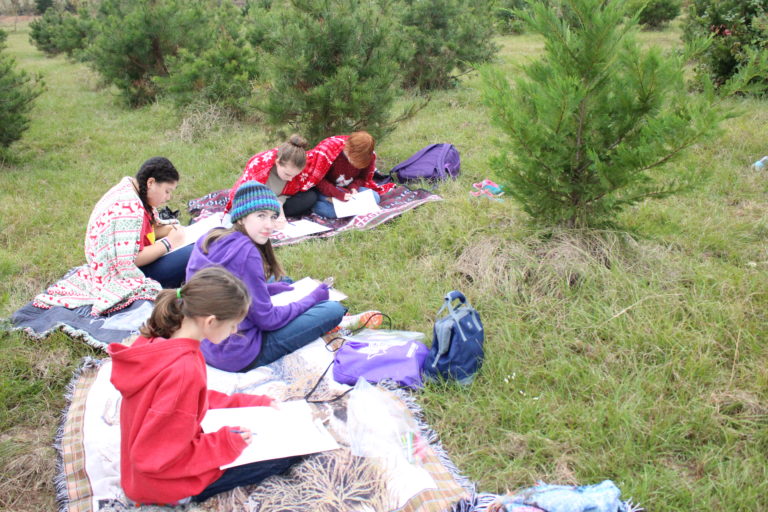
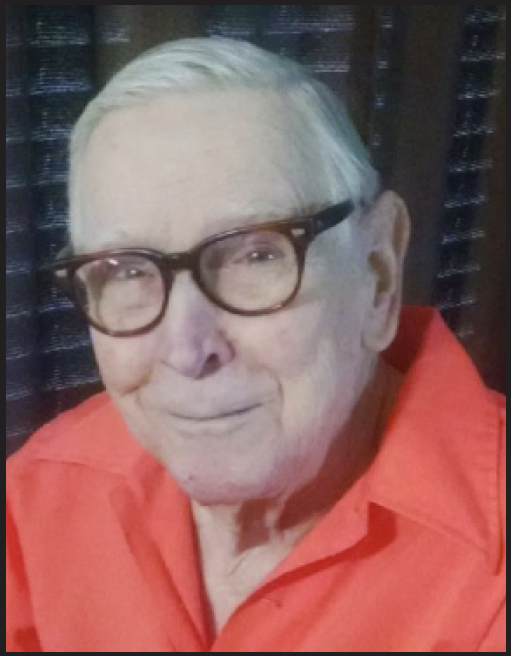
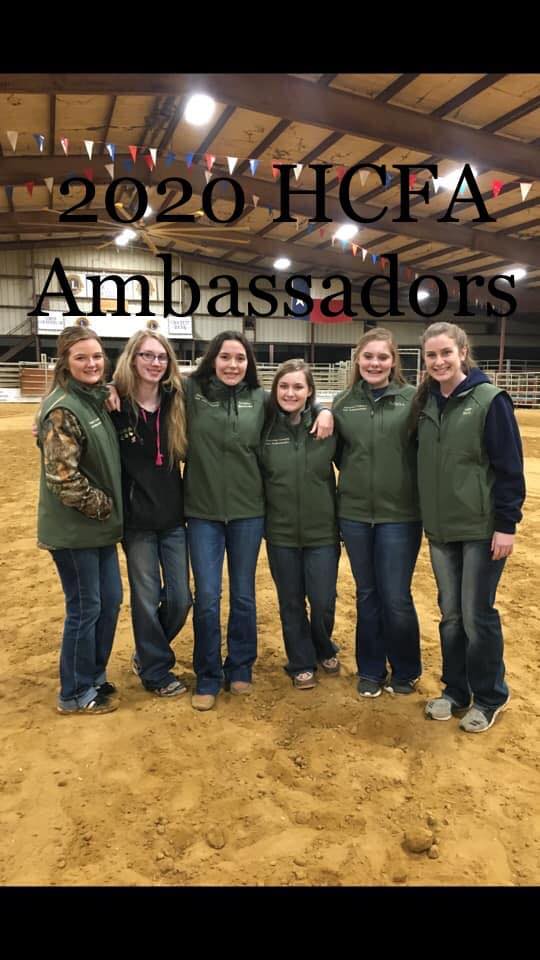

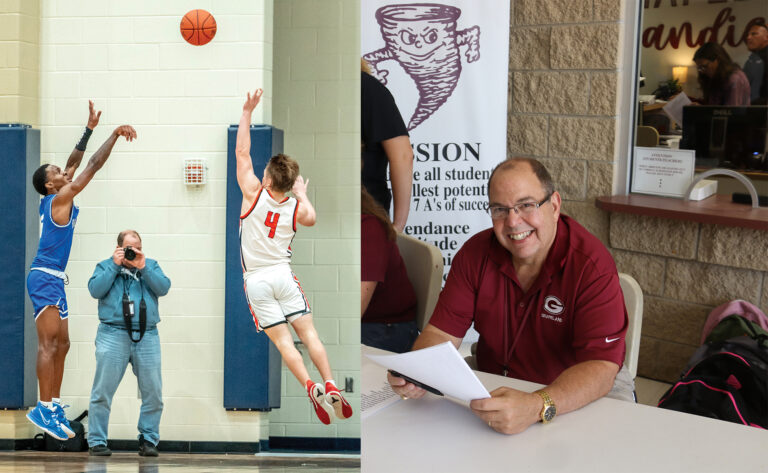
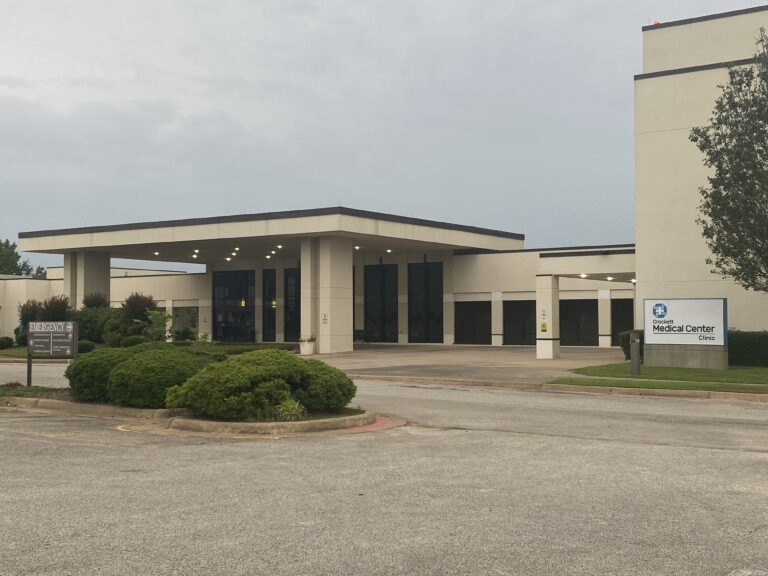
5